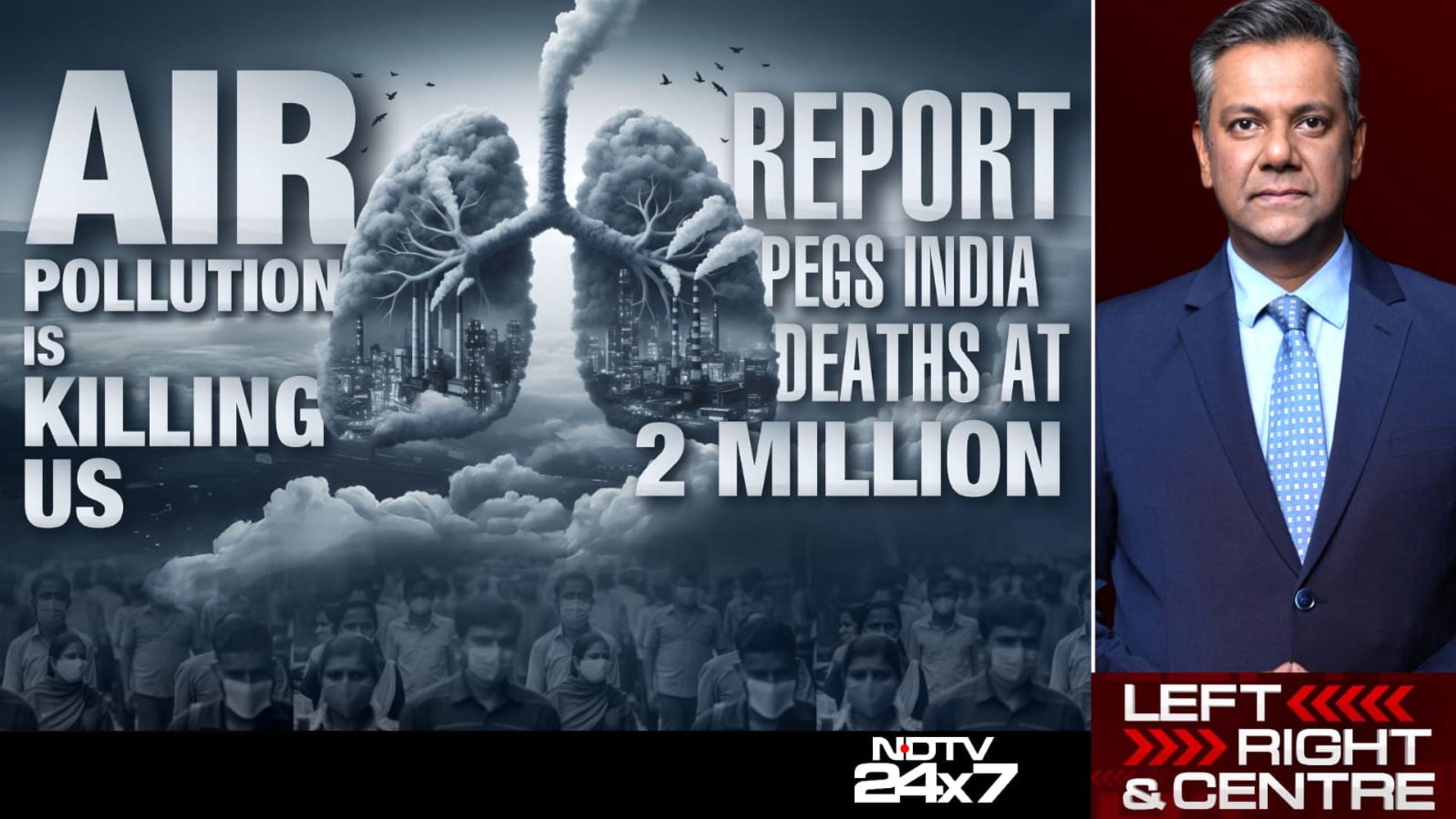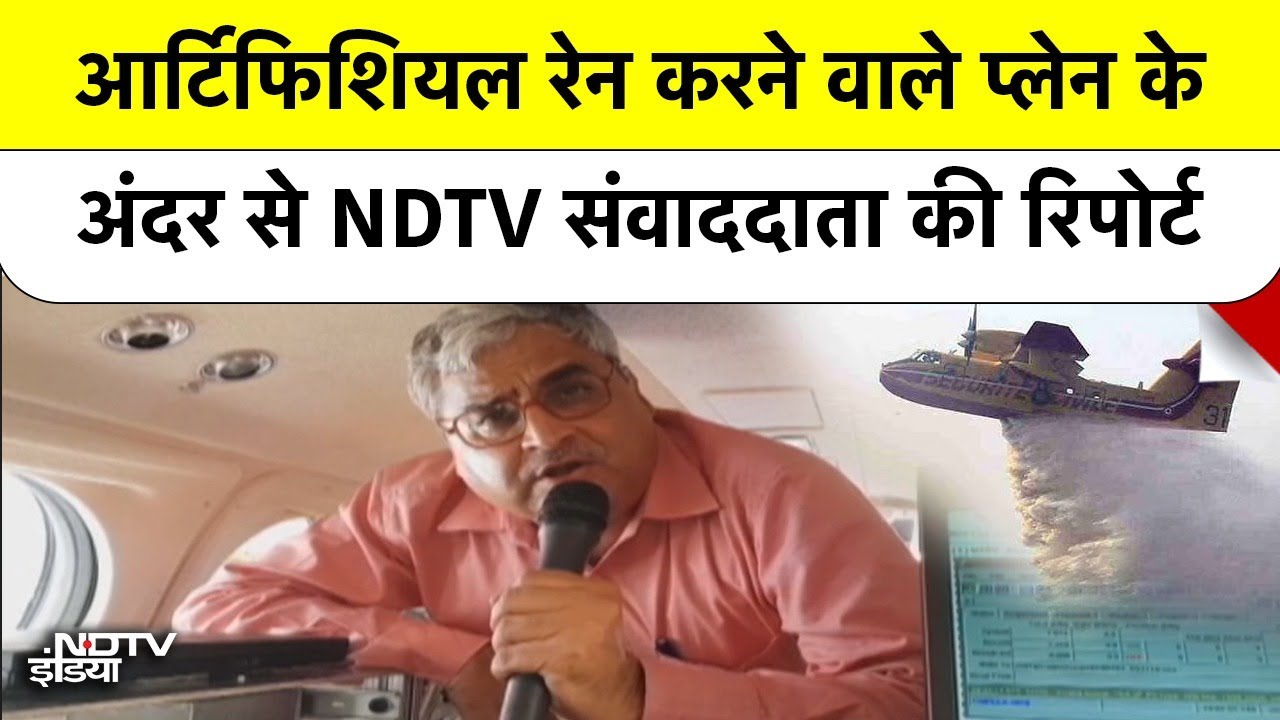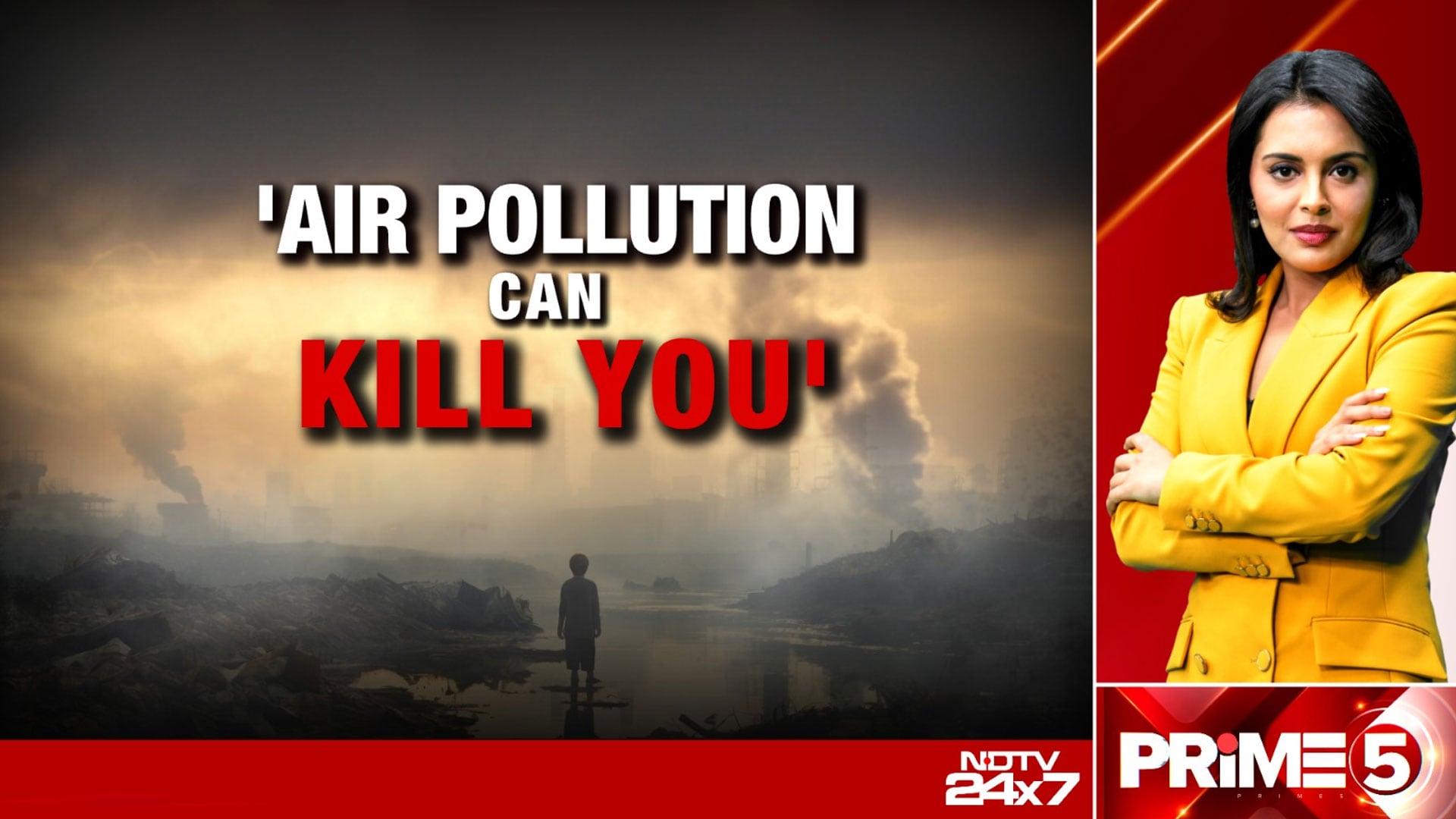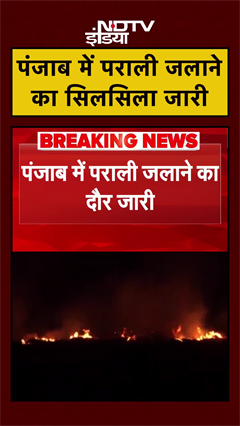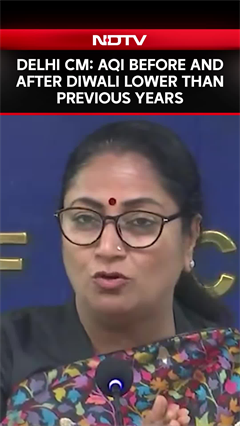- Home/
- From Inhaler To Purifier: How Residents Are Surviving Delhi-NCR's Toxic Air
From Inhaler To Purifier: How Residents Are Surviving Delhi-NCR's Toxic Air

Thirty-five-year-old Rekha Sharma, a resident of Nehru Place, leaves for work early in the morning for Noida, masked up and with an inhaler in her bag. Being a patient of asthma and sinusitis, winter, coupled with pollution, leaves Rekha particularly vulnerable.
"I have a stubborn cough and constant sinus congestion for days. My doctor said my sinusitis has worsened because of pollution. My inhalers and nasal sprays are a constant, alongside wearing an N95 mask whenever I step out. But the pollution story is an every-year story," said Rekha.
Pollution levels reached their peak on Diwali night, October 20, and the following morning. An analysis of CPCB data revealed that after Diwali, PM2.5 concentrations surged to 488 micrograms per cubic metre, the highest in five years and more than three times the pre-festival level of 156.6 micrograms per cubic metre.
A recent survey conducted by citizen-engagement platform LocalCircles among over 44,000 residents of the Delhi-NCR region has revealed that three out of every four households are already feeling the impact of toxic air in their daily lives.
According to the survey of 14,854 respondents who answered the question on ailments, 42 per cent of households reported that one or more family members are experiencing a sore throat and/or cough.
25 per cent indicated symptoms such as burning eyes, headache, and difficulty sleeping, while 17 per cent reported runny nose and congestion, asthma, and climate anxiety.
Rajesh, a gig-worker for a food delivery service, recounts his everyday troubles due to the pollution, as he spends the majority of his day outdoors.
"Being on the road all day making deliveries leaves me wheezing and my eyes burn by the end of every shift. I try to wear a mask whenever I can," said Rajesh.
"We don't have the luxury to not step outside or get those air-cleaning machines in our homes. I have to be outdoors; my family depends on my income," he said.
When asked what medical or health action they or their family members have taken, eight per cent of the survey respondents said at least one family member has already visited a doctor. Nearly one-third of respondents said they had consulted or planned to consult doctors for pollution-related ailments.
Dr Pulin Gupta, Director of Medicine at Dr RML Hospital, said, "Many patients are reporting respiratory problems such as persistent cough and sinusitis, with a 20-25% rise in such cases. Pollution is also triggering various skin conditions, including dermatitis. We are seeing many two-wheeler riders and outdoor workers complaining of red, burning, and watery eyes, as well as irritation and even hair loss."
He advised that people should avoid going outdoors unless necessary. "When stepping out, wear masks and protective goggles. Those in vulnerable groups-the elderly, children, pregnant women, and patients undergoing treatment for cancer or HIV-must be especially cautious and preferably remain indoors. It's equally important to take indoor precautions by using air purifiers, washing hands frequently, staying well-hydrated, and consuming plenty of fruits," he said.
Another resident of Noida, Meera Prakash, noted how, besides keeping an air purifier at home, she has also started using "antihistamines" prescribed by the doctor. Meera has a four-year-old daughter, whom she remains most worried about.
"I am constantly paranoid about my daughter stepping out. She should be able to go out to play every evening, but I have to curb that now with the air quality worsening. We always send her out with a mask, but this is not the life she deserves due to climate anxiety," she said.
Behavioural Responses To Worsening Air
The survey also analysed what people are doing to cope with the high levels of pollution. LocalCircles said 44 per cent of households were trying to minimise outdoor exposure and increase intake of immunity-boosting foods and drinks to cope with poor air quality. Among the sample surveyed, 23 per cent of households plan to travel out for some or most of this week and next week
Despite a 77.5 per cent reduction in stubble burning events in Punjab and Haryana due to floods and delayed harvests, Delhi's air quality has remained poor with the Air Quality Index (AQI) crossing 400 in several areas, which is about 24 times higher than the World Health Organization's recommended level for PM2.5 exposure.
The findings indicate that for the majority of households in Delhi-NCR, air pollution is no longer a distant concern-it is a present and tangible burden. Many residents are already experiencing health symptoms, modifying behaviours such as staying indoors, using purifiers, masks, and some are seeking medical advice or planning to do so.
The survey emphasises the need for enforcement agencies in neighbouring states to ensure that stubble burning is brought down to zero, and for local authorities in Delhi and other NCR cities to drive high levels of compliance with the Graded Response Action Plan (GRAP) restrictions. It also recommends deployment of "anti-smog guns", changing sweeping of manual dust to nighttime, and intensified dust control measures.
According to Central Pollution Control Board (CPCB) data, Delhi's overall AQI in the past 24 hours is in the 'very poor' category, at 315, three points down from yesterday's 318.
Ashok Vihar recorded the highest AQI at 416 under the 'severe' category, followed by Goutampuri at 415. Across the city, 29 monitoring stations continued reporting 'very poor' air quality with AQI readings above 300. PM2.5 levels reached 198 μg/m and PM10 at 249 μg/m.
also read
Latest Stories
- Reported by Tanushka Dutta, Edited by Akash Majumder | Monday October 27, 2025
Thirty-five-year-old Rekha Sharma, a resident of Nehru Place, leaves for work early in the morning for Noida, masked up and with an inhaler in her bag.
- Press Trust of India | Monday October 27, 2025 , New Delhi
Delhi's air quality remained in the very poor category on Monday even as the weather department forecast a partly cloudy with chances of very light rain towards the evening.
- Edited by Srishti Singh Sisodia | Sunday October 26, 2025
The first images from Sentinel-4 have revealed nitrogen dioxide hotspots over Italy's Po Valley.
- Press Trust of India | Saturday October 25, 2025
Three out of four households in Delhi-NCR are already experiencing the ill-effects of toxic air, with common complaints ranging from sore throat and cough to burning eyes, headaches and disturbed sleep, according to an online survey
- Press Trust of India | Saturday October 25, 2025 , New Delhi
The sudden exposure to smoke, toxic gases, and fine particulate matter has left the elderly, children, pregnant women, and those with chronic respiratory or cardiac illnesses struggling to cope.
................................ Advertisement ................................
Latest Videos
Opinion
Opinion | Why Indians Have Just Given Up On Air Pollution CrisisTanushree Ganguly
Friday December 20, 2024While some may argue that people in Delhi are now more aware of air pollution than they were a decade back, my rebuttal would be that awareness does not mean that people are concerned.
Opinion | You Must Outrage Over Filthy Air More Than Once A YearJyoti Pande Lavakare
Tuesday December 10, 2024Delhi welcomed us with monsoon rains and mangos. We were home. Fast forward a couple of years, in the winter of 2012, I found myself in denial about something other parents, mostly expats, were calling toxic air.
Opinion | Delhi's Air Pollution Situation Is Like A Bad MarriageNishtha Gautam
Friday November 22, 2024On a good day, such as today, the AQI reading in Delhi is 407. We are jubilant at the sickly sunshine trickling through the slightly dissipated smog. At least its not 1600.
दिवाली... पराली... सियासी जुगाली!Ashwini kumar
Monday November 18, 2024दिल्ली-एनसीआर में प्रदूषण का समाधान तो आज तक मिला नहीं. हर साल चिंतित होकर हम-आप सांसों की तकलीफ के साथ-साथ दिल और ब्लड प्रेशर के मरीज भी क्यों बनें?
घर में कैद बुजुर्ग और हांफते लोग, दिल्ली की सांसों में घुला ये कैसा रोग?Nidhi Kulpati
Friday November 08, 2024हमारी हवा जहरीली हो रही है. गुरुवार की शाम को जब मैं इस मुद्दे पर लिखने बैठी तो AQI लगातार 400 पार जाकर दम घोंट रहा था. बहुत लोगों को यह मामला बोरिंग लगे, लेकिन जब आप अपने साथ काम करने वालों को खांसते-हांफते देखते-सुनते हैं, तो चिंता होने लगती है. सुबह उठते ही दरवाजे खिड़कियां खोलने के लिए डॉक्टर मना कर रहे हैं. बड़े बुजुर्गों के लिए तो मॉर्निंग वॉक बाहर की दुनिया से सीधे संपर्क का ज़रिया है, लेकिन डॉक्टर इसकी भी मनाही कर रहे हैं.








